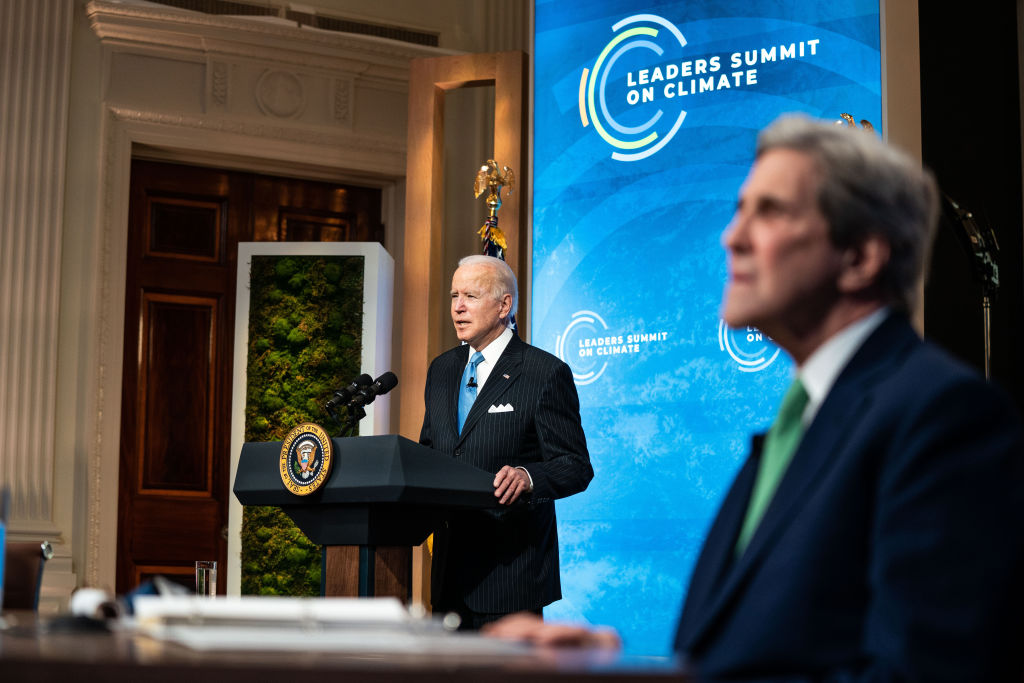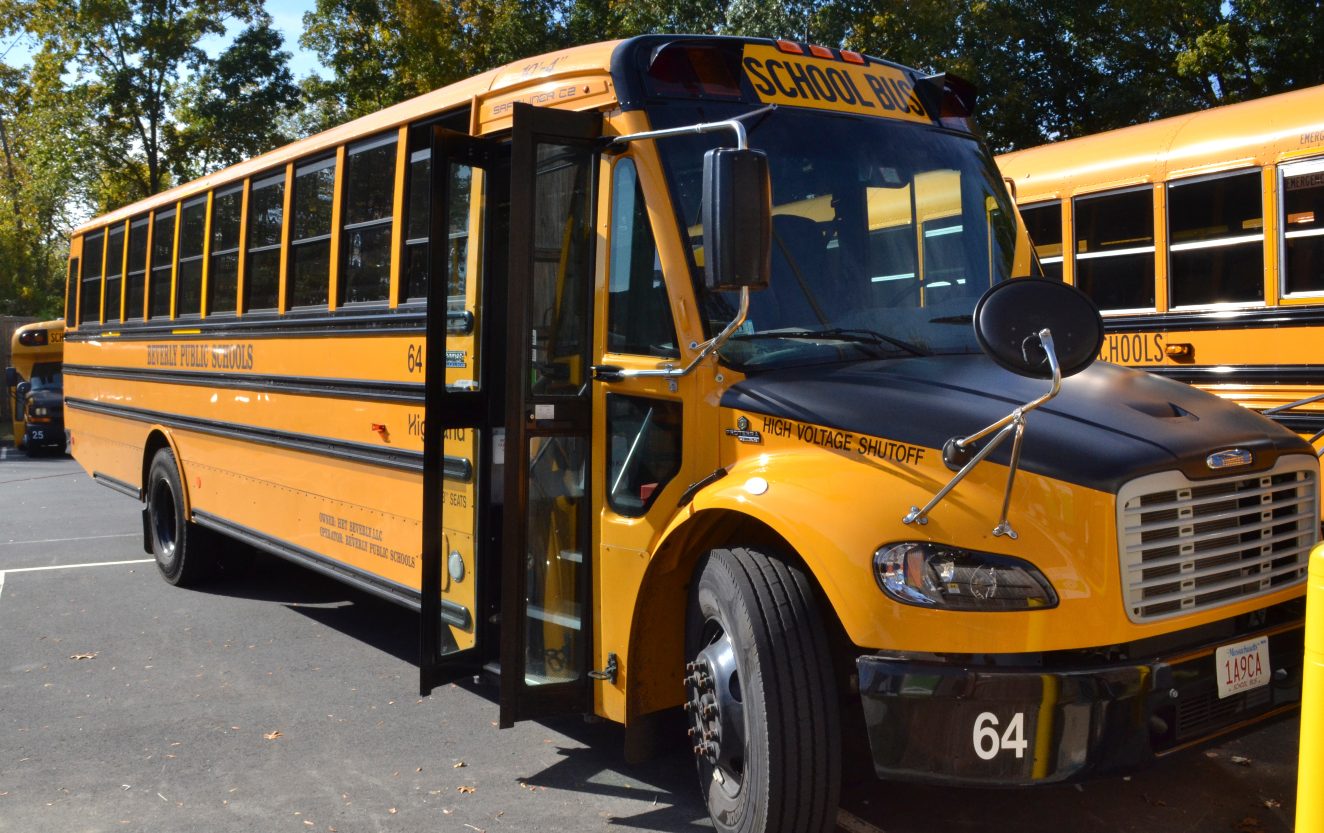Less than 1 percent of the nation’s roughly 500,000 school buses are electric or run on low-emission fuels. That’s about to change.
Nearly 400 school districts across the United States, including in several Indigenous tribal lands, as well as in Puerto Rico and American Samoa, will receive around $1 billion to purchase new, mostly electric school buses as part of a Biden Administration grant program.
The program aims to reduce children’s exposure to harmful exhaust from diesel buses that serve their schools and communities. It is also part of a broader effort by the Biden Administration to address climate change and environmental justice by making it easier for vulnerable communities to have access to zero-emission vehicles.
The grant program’s funds come from $5 billion that the EPA received as part of the Bipartisan Infrastructure Law. With the grant money, recipient school districts will be able to purchase nearly 2,300 electric buses, quadrupling the nation’s current number. While these lower-polluting buses would make up a small portion of school bus fleets, environmental and public health advocates argue that the positive impacts on children’s health would be profound.
In a press release, WE ACT for Environmental Justice, a Harlem-based organization, praised Wednesday’s announcement and the program’s reach, saying that it would improve air quality and “reduce children’s exposure to asthma-causing pollutants while also protecting the health of drivers and the communities these buses drive through.”
The Biden Administration expects many of the new electric buses to be available to the winning school districts by the start of the next school year, with the remainder available by the end of 2023.
Air pollution remains a major contributor to poor respiratory and cardiovascular health, with vehicles a main culprit. Greenhouse gas emissions from transportation make up the highest portion of total greenhouse gas emissions in the U.S., at 27 percent. The World Health Organization estimates that 93 percent of the world’s population breathes air that exceeds its public health guidelines.
Children are particularly vulnerable to the impacts of poor air quality. A 2021 study found that even brief exposure to air pollution, including wildfire smoke and car exhaust, can alter a child’s DNA and increase their risk of heart and lung problems as adults.
Seventy percent of students from low-income families take a bus to school, increasing their exposure to diesel exhaust. Children of color, in particular, are more likely to live near heavy transit routes, industrial facilities, and other sources of vehicular and industrial pollution. This is in large part due to historic housing, zoning, and transit policies that left Black and Brown communities with few other options. As a result, children of color have higher rates of asthma and other respiratory illnesses than white children.
Air pollution also poses other unexpected health risks to children of color. A 2017 study on Latino children in low-income neighborhoods in Los Angeles found that exposure to air pollution during childhood may cause damage to the pancreas — the organ that produces insulin, increasing their likelihood of becoming obese and developing Type 2 diabetes.



